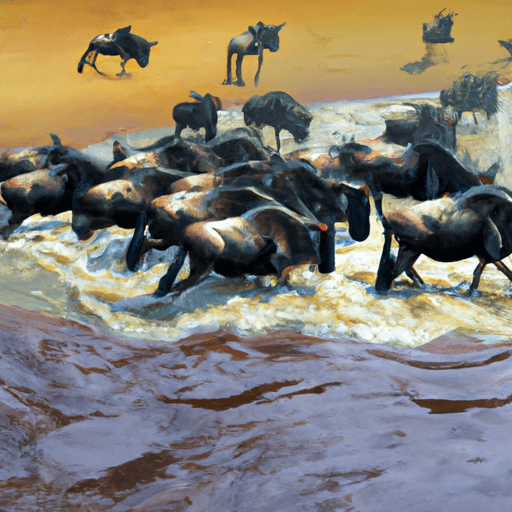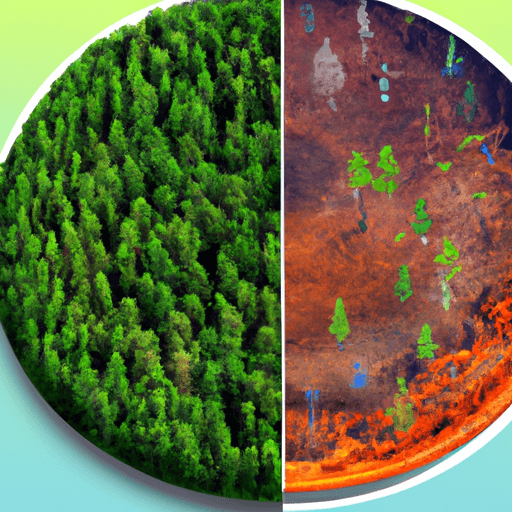Exploring the Impact of Climate Change on Animal Migration Patterns
Climate change has had a dramatic impact on animal migration patterns and, as a result, the ability of animals to survive. In many cases, these changes have been so drastic that the survival of certain species is now at risk. In this article, we will explore how climate change has altered animal migration patterns, how the changes have affected the animals' ability to survive, and what potential solutions exist to help mitigate the negative effects of climate change on animal migration.
How Climate Change is Altering Animal Migration Patterns
Climate change is having a profound effect on the habitats of many species, disrupting their migration patterns. For example, rising temperatures due to climate change have caused shifts in ocean currents, resulting in some species migrating to areas that are unfamiliar to them. This can make it difficult for animals to find the food and resources they need to survive. Furthermore, as temperatures rise, animals may find themselves unable to adjust to the new environment and unable to move to cooler areas.
In addition, climate change is also causing animals to migrate to new areas at different times of the year. This can lead to a mismatch between food availability and the animals’ arrival, resulting in the animals having difficulty finding the sustenance they need to survive.
How the Changes Have Affected the Animals’ Ability to Survive
The changes in animal migration patterns caused by climate change have had a significant impact on the ability of animals to survive. In many cases, the animals are unable to find the food and resources necessary to sustain themselves, resulting in a decrease in their populations. This can ultimately lead to the extinction of certain species, as they are unable to adapt to the new climate and environment.
In addition, the disruption of animal migration patterns can also lead to a decrease in genetic diversity, as the animals are unable to mate with animals from other populations. This can further decrease their chances of survival, as the gene pool becomes more limited.
Potential Solutions to Help Mitigate the Negative Effects of Climate Change on Animal Migration
Fortunately, there are a number of potential solutions that can help mitigate the negative effects of climate change on animal migration. These include the creation of protected areas for animals to migrate to, the establishment of wildlife corridors, and the implementation of sustainable fishing practices.
Protected areas can provide animals with a safe and secure place to migrate to, while wildlife corridors can allow animals to move between different habitats, enabling them to access food and resources. Furthermore, sustainable fishing practices can help ensure that the ocean’s resources are not depleted, allowing animals to find the sustenance they need to survive.
By implementing these solutions, we can help ensure that animals are able to migrate safely and that their populations are able to remain stable and healthy.
Conclusion
Climate change has had a dramatic effect on animal migration patterns, resulting in a decrease in their ability to survive. Fortunately, there are a number of potential solutions that can help mitigate the negative effects of climate change on animal migration, such as the creation of protected areas, the establishment of wildlife corridors, and the implementation of sustainable fishing practices. By taking these steps, we can help ensure that animals are able to migrate safely and that their populations remain stable and healthy.


















Comments
Leave a Comment